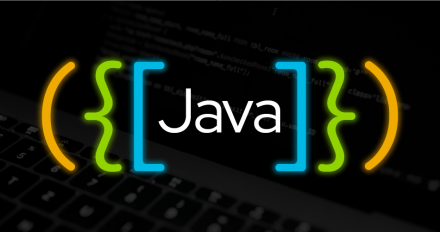
How does cgroups v2 impact Java, .NET, and Node.js in OpenShift 4?
Learn about the benefits of using cgroups v2 for improved memory and CPU settings in Java and Node.js applications in Red Hat OpenShift.

Learn about the benefits of using cgroups v2 for improved memory and CPU settings in Java and Node.js applications in Red Hat OpenShift.
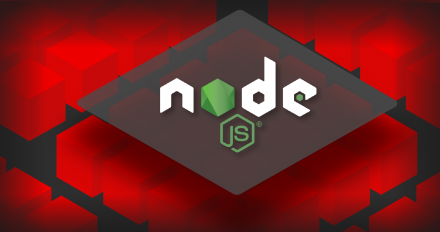
Dive into Node.js 20's container-aware memory management. Understand default heap sizing, how to override it, and troubleshooting memory leaks.
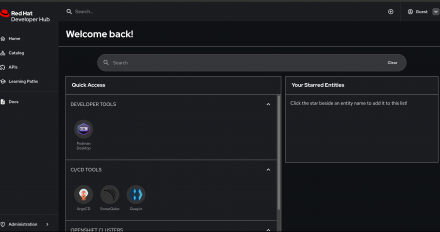
How to achieve near real-time synchronization of entities from Keycloak into the Developer Hub for an event-driven ingestion mechanism.
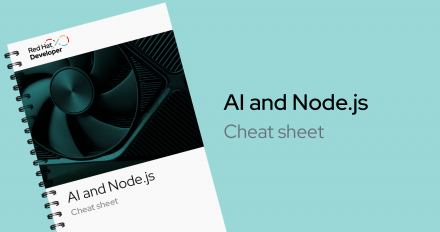
Get started with AI in Node.js. This cheat sheet covers selecting models, using servers like Ollama, and client libraries like LangChain.js for AI integration.
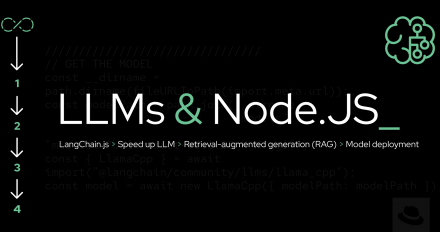
Enhance your Node.js AI applications with distributed tracing. Discover how to use Jaeger and OpenTelemetry for insights into Llama Stack interactions.

Explore how to utilize guardrails for safety mechanisms in large language models (LLMs) with Node.js and Llama Stack, focusing on LlamaGuard and PromptGuard.

Members from the Red Hat Node.js team were recently at PowerUp 2025. It was held
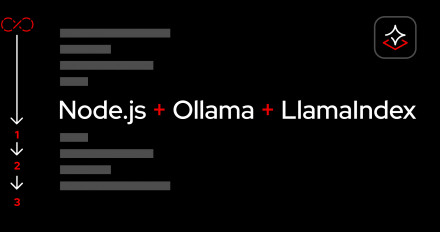
Explore how to use large language models (LLMs) with Node.js by observing Ollama
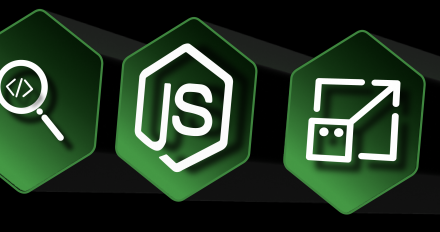
More Essential AI tutorials for Node.js Developers

PowerUP 2025 is the week of May 19th. It's held in Anaheim, California this year

Get an introduction to AI function calling using Node.js and the LangGraph.js framework, now available in the Podman AI Lab extension.

This tutorial shows you how to use the Llama Stack API to implement retrieval-augmented generation for an AI application built with Node.js.

Things that are essential to know about the Red Hat build of Node.js.

Learn how to write serverless functions with Node.js.

A listing of Essential Node.js Observability Posts from Red Hat Developer and

Explore how to run tools with Node.js using Llama Stack's completions API, agent API, and support for in-line tools, local MCP tools, and remote MCP tools.

A round up of Essential Buildpack resources for node.js developers
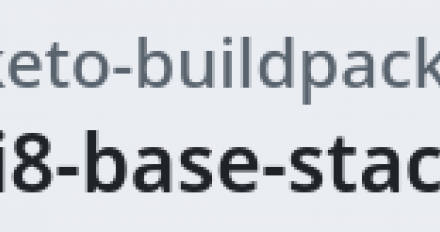
With the growth in the use of containers, the need to bundle your application
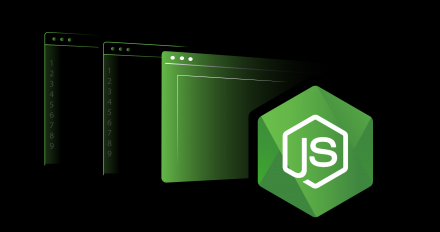
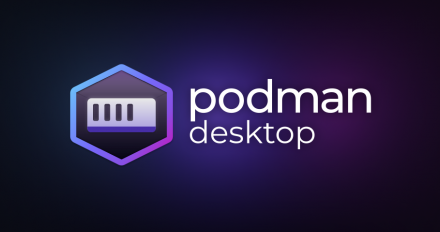
Podman AI Lab, which integrates with Podman Desktop, provides everything you need to start developing Node.js applications that leverage large language models.

This article discusses how to troubleshoot the build and deployment issues of Node.js in Red Hat OpenShift.

Confoo 2025 is this week. It's held in Montreal Canada every year and features a
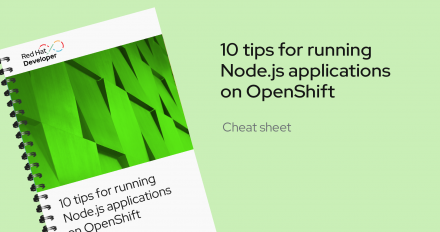
A list of essentials for any Node.js developer looking to start deploying their
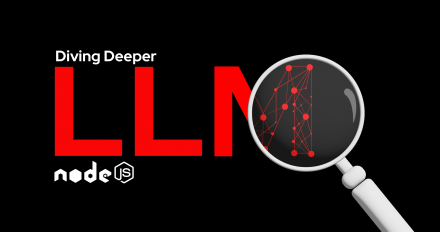
Summary of all the Node.js AI posts on the parasol application